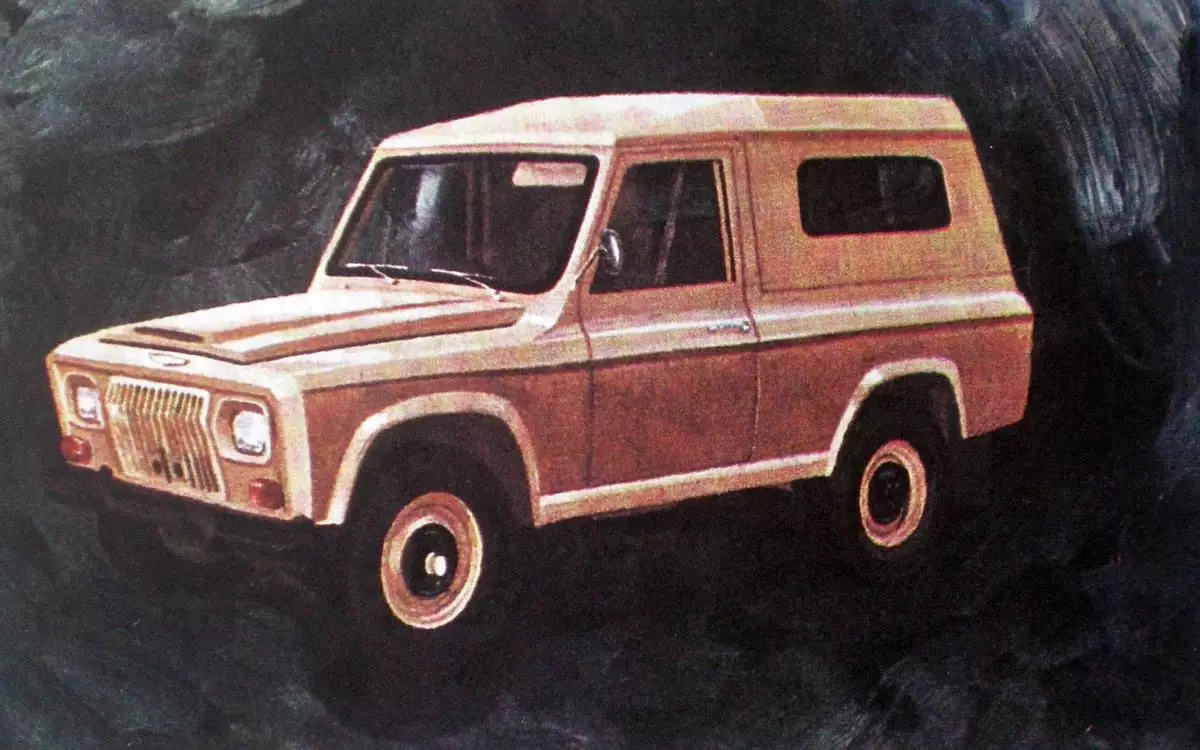ThamesTV (yes, the same responsible for the production of the famous Mr. Bean) is celebrating 50 years and therefore decided to open the memories chest and share some very old videos. Well, in one of them the protagonist is a well-known Portuguese model, the porter , which in 1980 was the subject of rapid analysis.
The test was done by former (former) Top Gear presenter Chris Goffey, who didn't just put the test to the test. Portaro Pampas 260 (that's how the Portuguese jeep was known in the UK) as the Celta Turbo. In his analysis, he made a point of emphasizing that despite the Romanian origins of the Portuguese model, several components were different.
Among these, the British presenter mentions the Portaro's power steering system (absent on the Aro and manufactured in Portugal), the original Daihatsu gearbox and the engine, also from the Japanese brand.
A (brief) story of Portaro
Launched in 1975, the Portaro derived from the Romanian jeep Aro, with the production of the model coming to Portugal by the hand of businessman Hipólito Pires, who negotiated with the Romanian brand the purchase of chassis of the model with which would later be associated nationally manufactured bodies and new ones engine/transmission groups.
Subscribe to our newsletter
Thus, in place of engines of Romanian origin, diesel engines from Daihatsu and petrol engines from Volvo appeared, offering the Portuguese model an increased reliability. Speaking of reliability, this would be proven by the victory in the Atlas Rally in 1982 and the 10th place achieved in the Paris-Dakar of 1983 (the best result ever for a national vehicle).

Produced until 1995, over 20 years on the market, around 7000 Portaro units were sold in their most diverse versions, with some units being exported (such as those shown in the video, one of them still with Portuguese registration). It should be noted that in the best years the annual production was around 2000 units, with half for export.
